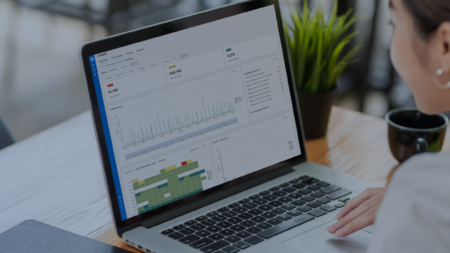With the rise of generative AI tools like ChatGPT, creating realistic fake invoices has become disturbingly easy. What once took hours of manual forgery can now be executed in seconds—at scale. For auditors, that changes everything.
The Problem: Fake Invoices Are Undermining Trust
Invoices have long been considered one of the most trusted forms of audit evidence. But generative AI flips that trust on its head. Today, anyone can generate invoices that look legitimate, complete with logos, dates, descriptions, and amounts—all crafted by an algorithm.
What This Means for Auditors and the Audit Process
If auditors can no longer rely on invoices as authentic proof, the profession needs a new playbook. Here’s what has to change:
- Less reliance on visual inspection of documents. Auditors must recognize that a clean PDF is no longer enough to prove legitimacy.
- More focus on data validation. This includes matching invoice details against bank records, vendor histories, approval logs, and system-level metadata.
- Greater scrutiny of behavioral patterns. Instead of focusing solely on dollar amounts, auditors must analyze when, how, and by whom transactions are processed.
- Procedures that address manipulation at scale. Fraud is no longer isolated. It can be automated and widespread, which requires full population testing methods.
The Machine Learning Advantage in Modern Audit Risk Detection
The evolving nature of fraud—fueled by automation and generative AI—demands more than procedural tweaks. It demands new tools. Traditional sampling and manual review simply can’t keep up with the volume, complexity, or scale of today’s risks.
This is where machine learning becomes essential.
Rather than rely on static rules or human intuition, unsupervised models surface anomalies buried in structured data—revealing patterns and risks that would otherwise go unnoticed. This includes:
- Rare or first-time interactions between general ledger accounts that typically don’t transact together
- Sudden spikes or drops in transaction volume within an account or cost center
- Entries coded to unusual accounts based on historical patterns for similar amounts or vendors
These are the kinds of signals that slip past the naked eye—but not past machine learning. What looks routine at first glance often hides the real story. And that’s exactly where the next era of audit begins.
Final Thought: Evolving Your Approach to Audit Evidence
The days of trusting an invoice simply because it looks legitimate are behind us. But this isn’t a crisis—it’s a catalyst for transformation. Audit evidence is no longer limited to documents. It now includes explainable machine learning outputs, audit trails, and corroborating data across systems that reinforce conclusions through transparent, data-driven support. Even upstream activities like planning analytics must evolve to reflect this shift.
Auditors have the tools to adapt. By leveraging machine learning and embracing data-centric methodologies, the profession can go beyond surface-level validations to deliver deeper assurance. The result is a stronger foundation of trust for organizations, regulators, and the markets we all rely on.
Curious how this approach could work within your audit process? See MindBridge in action.




